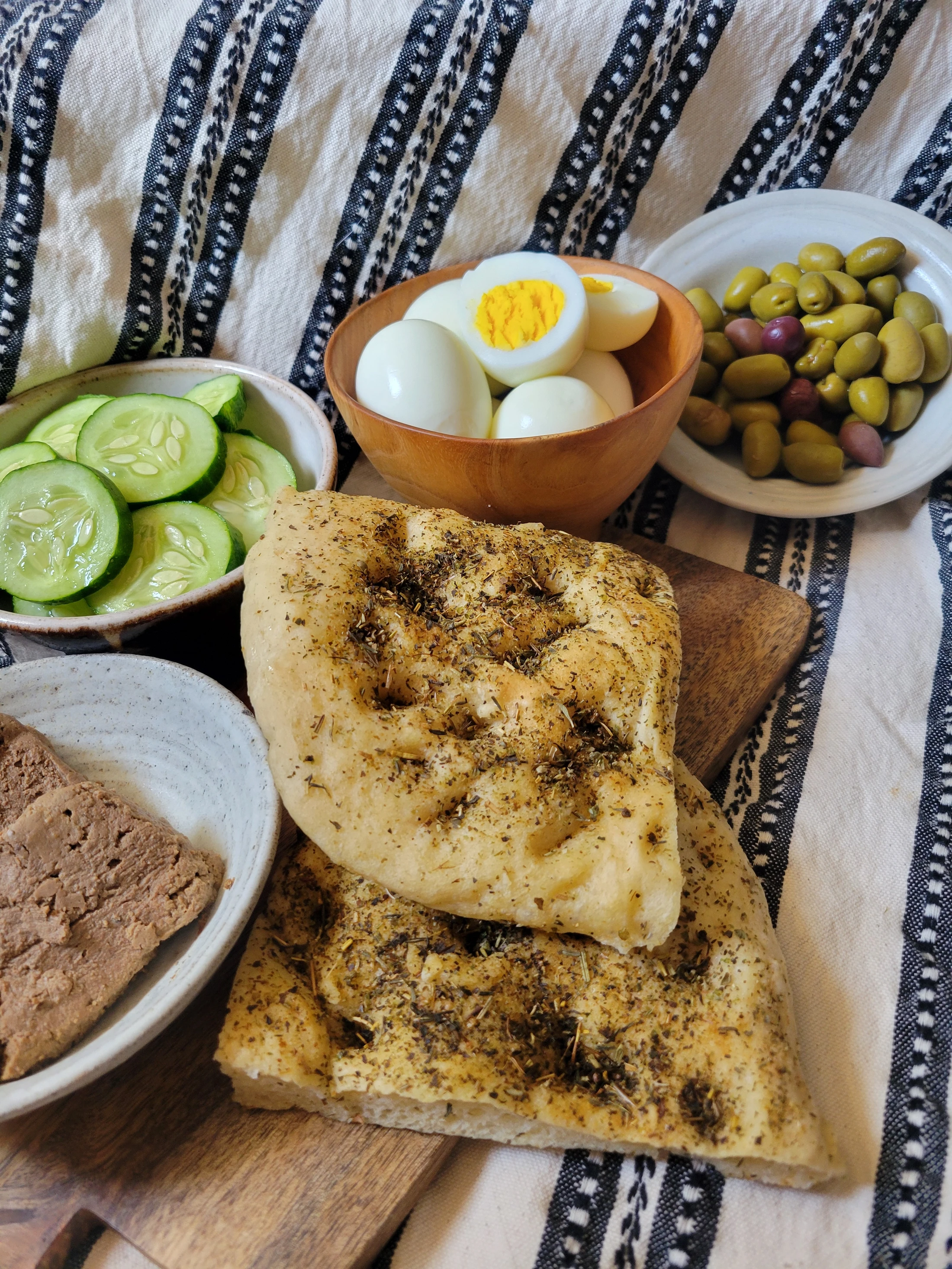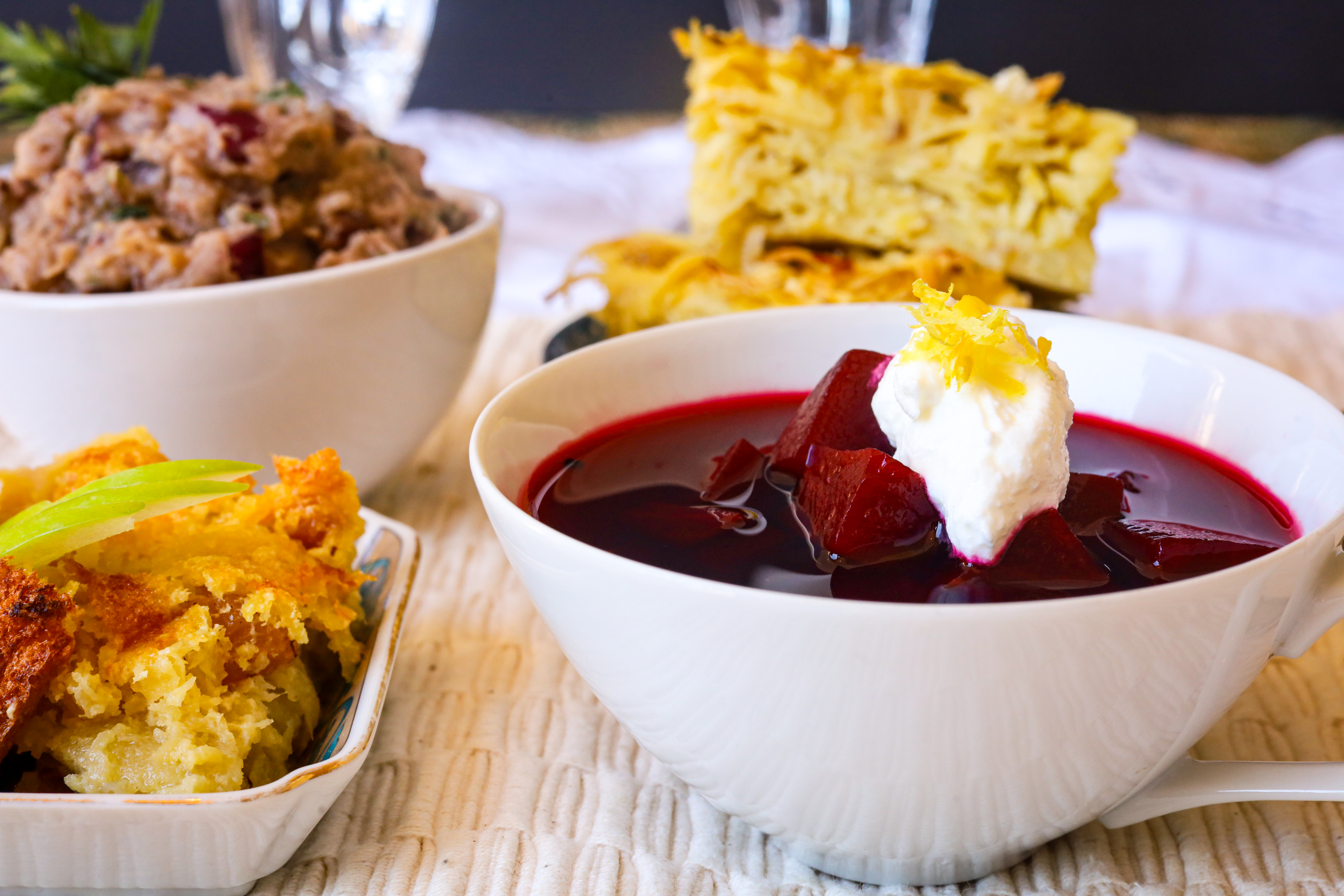
The Art of Food - Roman interpretation
Edible Loveliness
Ancient Roman Food is perhaps more familiar than we might think. In the Apicus, the oldest recorded Cookbook, we find many things we enjoy today, fruits and vegetables, stews, bread and so forth. Now there were some items that we don’t so much see today - like stuffed door mice and roasted flamingos. It is no doubt within the context of Peter’s ministry within the Roman Empire that being raised in Jewish culture and tradition that eating with Gentiles was certainly a challenge. In Acts 11: 5-10 we see Peter being prepared to work within a foreign environment, one that will challenge who he sees himself as. In Galatians 2:11-16 we get to see Peter stumble a bit while living amongst and working with the Gentiles and he is confronted with this very matter of eating non-Jewish food. Peter serves as a great example for us that sanctification is a walk - a very long walk and we all will have challenges and blind spots to contend with along the way.
Lisa Bramblet
My craft has very humble beginnings absorbing all the culinary offerings on Public Television in my youth. I was fascinated that food could be so tasty and diverse. I am not a trained chef but truly enjoy using the gifts I believe were given to nurture others and serve God in Edible Hospitality to the flock and beyond. My future hope is that I can foster the love of accessible delicious food for all so that no one is left without a seat at the table, especially in my Father’s house.
2024: Nehemiah

Traditional Jewish Food
Delicious Food
FOOD ~ not merely what we eat as fuel, it represents History, Science, Culture and Art. The Israelites as a people were mobile, occupied, held captive and scattered. Their food reflects the collective experiences of where they have been and who they were with. It was incorporated into their lives and their sacred traditions, notably Sabath and Festival observances. Featured in this event are some well-loved dishes:
Borscht: (Cold Beet Soup) Standard in the restaurant trade, light and surprising. (Lithuanian influence)
Potato Kugel: an Ashkenazi staple, a hearty and filling favorite. (Polish influence)
Shalet: (Apple Pudding/Soufflet) a cloud of apple delight that will amaze your palate. (French influence)
Loubia: (Black-Eyed Pea Salad) cold salad, hearty and satisfying. (Egyptian influence)
Borscht ~ Cold Beet Soup
Ingredients:
2 pounds raw beets, peeled and ½ inch cubed (younger beets work best)
9 cups of water
Juice of 1 lemon
Honey (or sugar), salt and pepper
Sour cream or plain Greek yogurt
Instructions: add your peeled cubed beets to the water and simmer for 1.5 hours. Let the soup cool and chill. Add lemon, salt and pepper to taste after the soup of cooled or the flavor will be different than you were going for – yes temperature makes a difference. You can add a dollop of sour cream or Greek yogurt on serving, a little lemon yest on top is nice too. If your water has reduced significantly and you feel like your soup has too much beet chunk, scoop and strain some out and enjoy those on
your salad.
